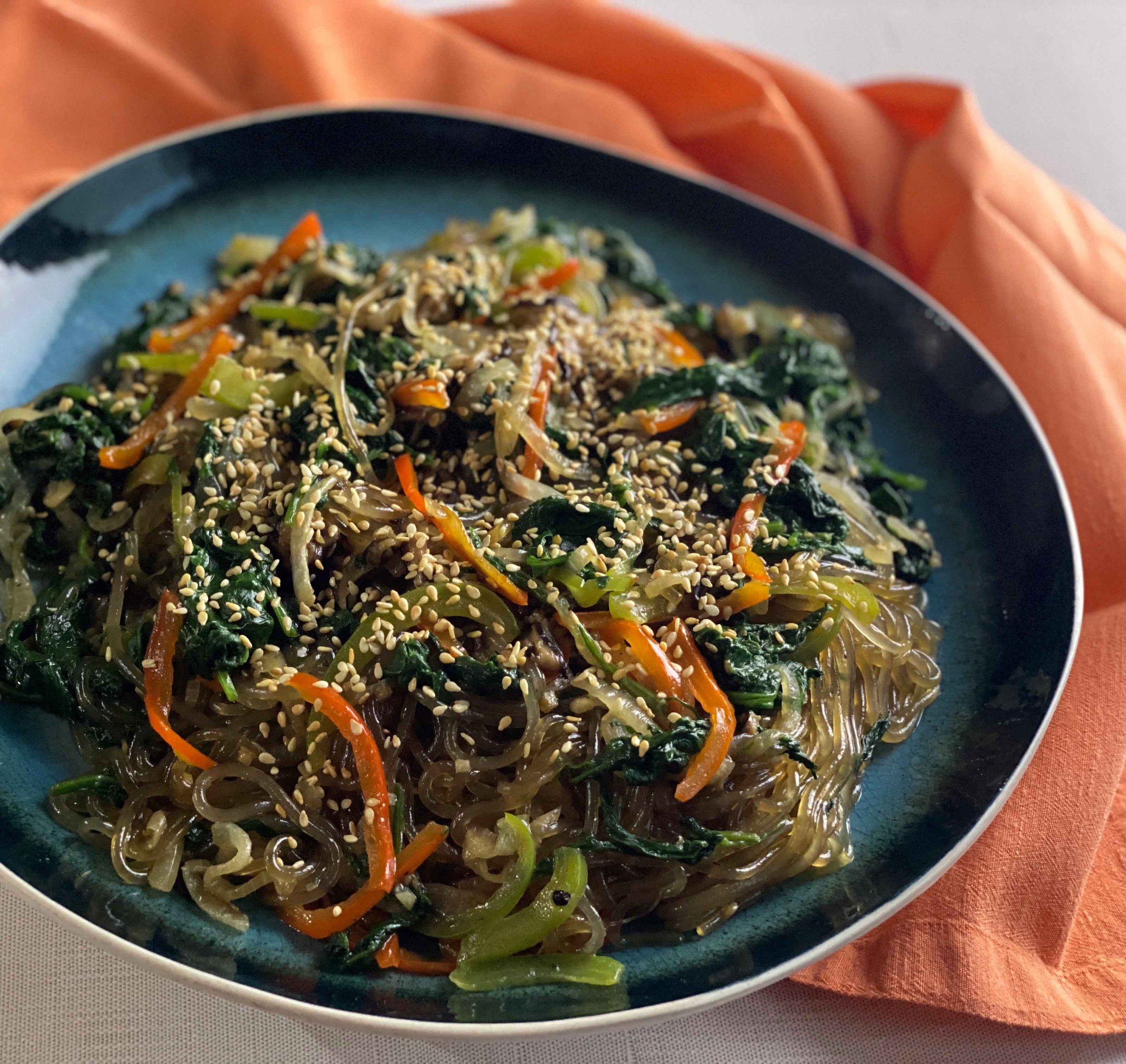The dried noodle part is a little tricky, as those made from 100% buckwheat can be a bit sawdust-like. The best dried noodles combine buckwheat flour and wheat flour, with a high enough proportion of buckwheat for great flavor, but enough wheat flour so the texture’s right.
I asked Teiichi Sakurai, Tei-An’s chef, owner and soba master, if there’s a one he finds tolerable. He recommended Kajino Kokusan, which I found at the best Japanese supermarket in our area, Mitsuwa Marketplace. I also looked there for the brands recommended by Mutsuko Soma in a taste-test story published in Food & Wine magazine in 2019. (Soma is chef at Seattle’s renowned soba restaurant, Kamonegi.) I didn’t find those exactly, but did find a dried soba from Shirakiku — one of the brands she recommended. (The specific noodle is Shirakiku Japanese Style Buckwheat Noodle.) Both it and the Kajino Kokusan are very good. Even better, with a lovely, springy texture and deeper flavor, was a fresh noodle I also found at Mitsuwa — Izumo Soba Noodles from Soba Honda.
If you find yourself staring down an assortment of unfamiliar dried soba, I’d suggest choosing one imported from Japan that lists both buckwheat flour and wheat flour in the ingredients, with buckwheat listed first, and no other ingredients besides salt.
OK. You should have what you need. If you want to turn your soba moment into dinner, you don’t need to add much — I like to start with something vinegary, like a simple sunomono salad. Or pick up some tsukemono at that same Japanese grocery — shibazuke, the purple one made with eggplant and shiso, would be dreamy.
And then enjoy that cool, slurpy, umamiful tangle of buckwheaty goodness.









